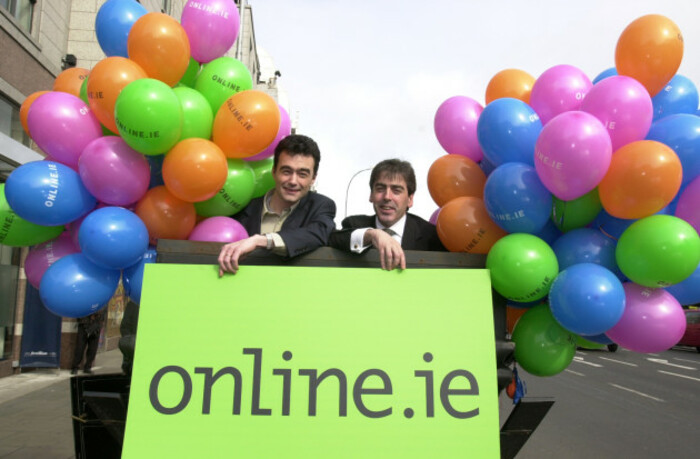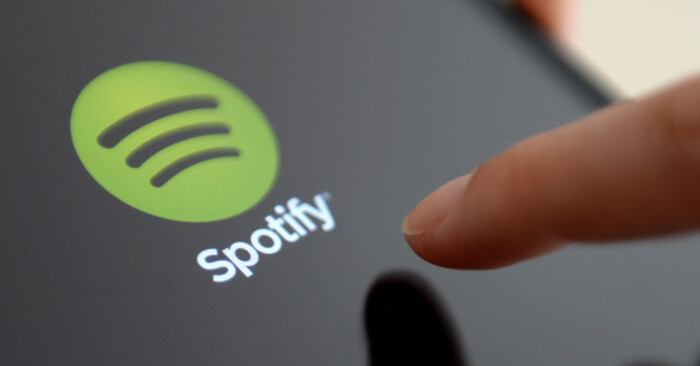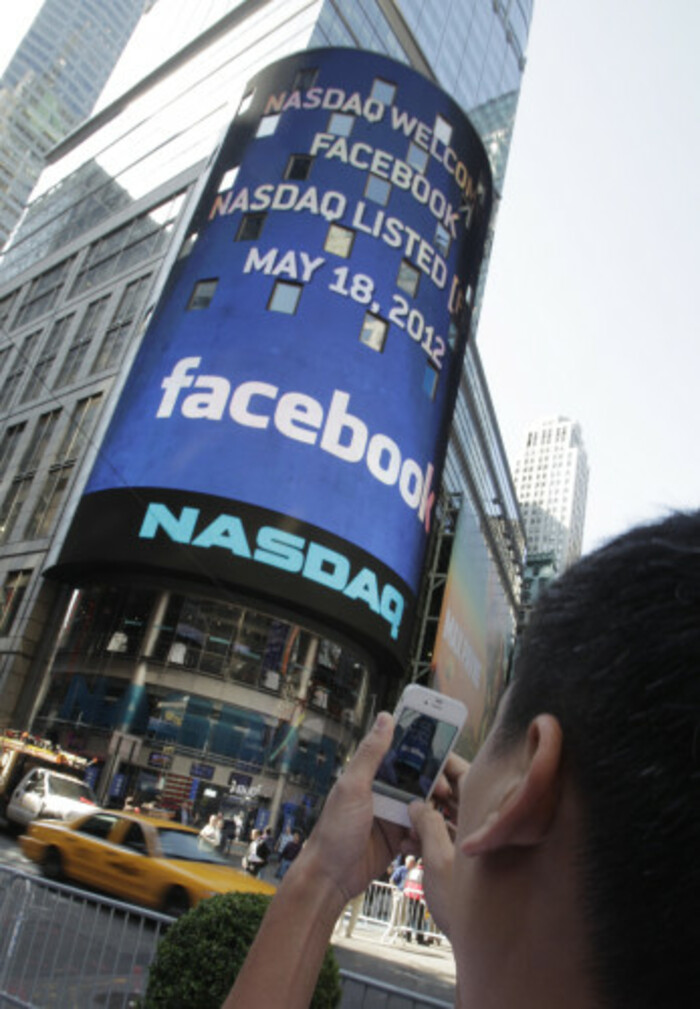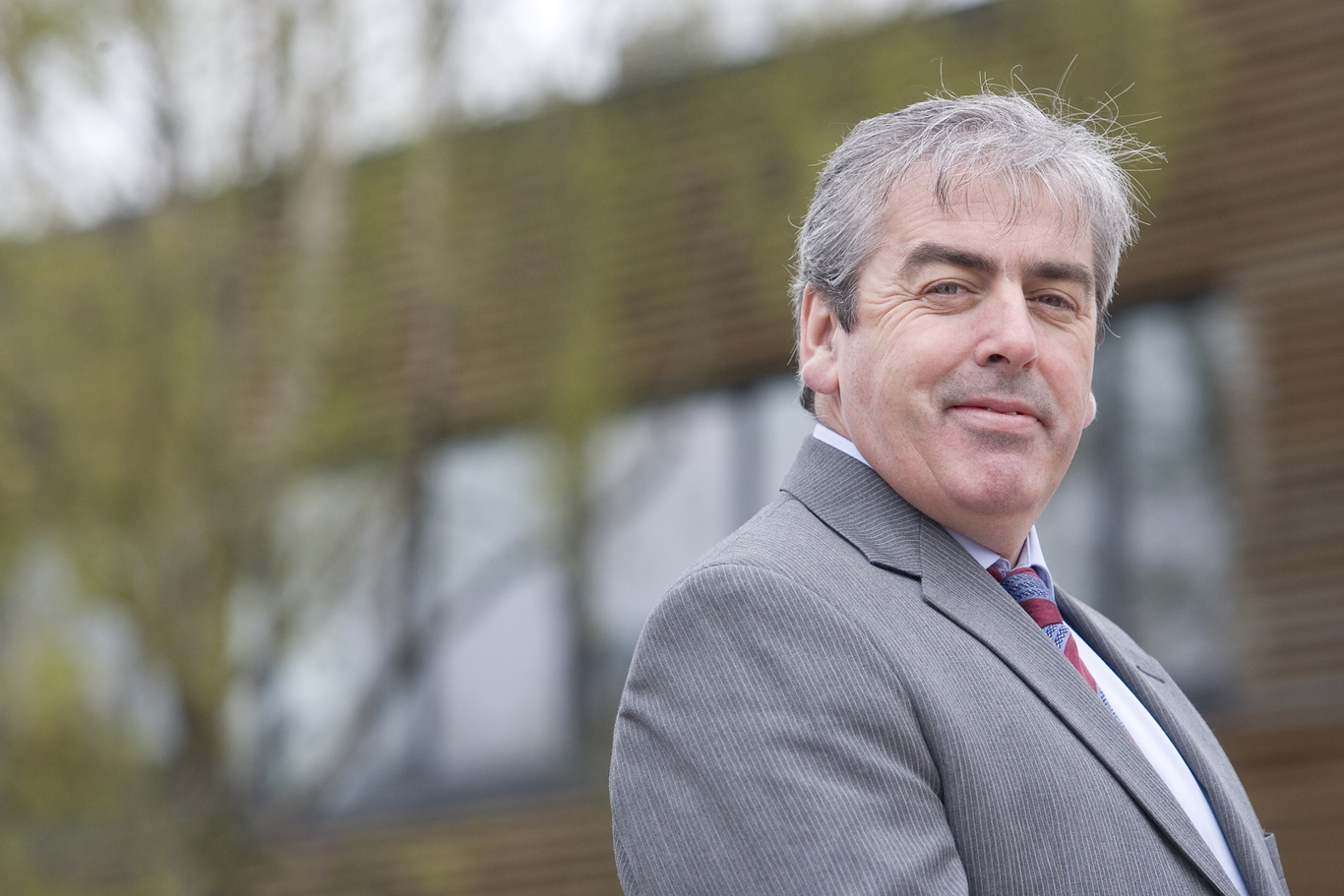The man who first sold the internet to Ireland now wants to conquer the US
As part of our weekly How My Business Works series, we profile Adforce.
TRYING TO SUM up Colm Grealy’s career in a hundred words or so is a task doomed to failure, but here goes nothing.
While many company founders just start the one business and stick to it, Grealy worked as a teacher for a decade before helping to commercialise the internet in Ireland.
He then sold his company, started a social network before it was cool, founded a newspaper, saw it go belly up, took a break for a couple of years to work as a consultant for one of the world’s largest telecoms firms before setting out on his own again to establish another internet startup. He sold that, bought it back and is now trying to break into the US market.
Phew. Not bad by age 50.
However, even this chronology doesn’t really do justice to Grealy’s long and varied career, particularly his role in bringing the internet to Ireland, an effort which probably never made him the money it should have.
Ireland On-Line
Grealy, who is based in Artane, Dublin, joined Ireland’s first internet provider, Ireland On-Line, in 1995, shortly after the company was founded by fellow entrepreneur Barry Flanagan.
“Barry was happier behind the keyboard, so I was effectively handling selling the internet,” Grealy tells Fora.
“The teaching stood to me because when I started I had to do a huge amount of explaining on how the internet works. You needed to have no fear of standing in front of strangers explaining yourself.”
Despite Grealy’s confidence, Ireland On-Line had a big problem when it was started. In the heady days of the mid-90s, getting online was still prohibitively expensive.
Buying a modem and connecting to the world wide web could cost several hundred Irish pounds, and when you did get online there weren’t many other people to share the experience with.
However the company caught a break when it teamed up with An Post. The two did a deal that allowed Ireland On-Line to take advantage of the postal service’s national infrastructure.
“We did a deal where we put modems into post offices in every part of the country,” the Grealy says. “We became nationwide. We had about 10,000 customers prior to the deal, we then grew to 70,000 very quickly and ultimately to about 500,000.”
Shortly before the peak of the company’s success, Grealy and Flanagan sold their stakes. The company was acquired for about IR£2.5 million by An Post in 1997, which then sold it onto Denis O’Brien’s Esat Telecom for IR£115 million just two years later.
Grealy’s earlier stake would have been worth about £20 million at the time of the second deal.
 Barry Flanagan, left, and Colm Grealy in 2000
Barry Flanagan, left, and Colm Grealy in 2000
Despite missing out on a potentially huge payday, Grealy takes a philosophical approach, saying: “I had about 18% (when it was sold to An Post) and it was a great result at the time.
“The reality is we should have held onto the company and now I would approach things differently, but you live and learn.”
Grealy, who is married with three adult children, would go on to start a string of other businesses, including launching a high-profile, and ultimately unsuccessful, newspaper called Dublin Daily. However, for now he is focused on his newest baby, Adforce.
What do you do and how long have you done it for?
Adforce is a mobile advertising-services company. The Dublin-based firm builds ads and ad campaigns for its clients, many of which are publishers like news websites. It specialises in making sure that ads look as attractive as possible on mobile phones.
The firm was started by Grealy in 2009 about a year after the first iPhone launched in Ireland. He realised that advertising on mobile phones, which was virtually non-existent at the time, could be big business.
 Adforce CEO Colm Grealy
Adforce CEO Colm Grealy
“Just before Adforce I spent a year and a half at O2, and they knew that flat-rate internet was ahead,” he says. “Before, you charged per kilobyte, but flat-rate internet opened up a range of new business models including advertising.
“Initially, very few people could visualise the internet on a phone. At this stage the most innovative phones were Nokias. I remember buying a bunch of iPhones when they were brought out and seeing people’s reactions when they saw they could touch the internet on their phone; it was groundbreaking.”
The company grew quickly, Grealy says: “I went into the office on the first day to take a look and there were 40 desks, and at the time there were four of us.
“We walked in just with four laptops and I wondered how long it would take to fill the desks but we got up to 11, 12 pretty quickly and hit our first €1 million (in sales) after 11 months.”
Grealy started attending trade shows in the US to try and pick up some business abroad, and he caught the attention of American venture capitalists Kinderhook Partners. Kinderhook were fans and decided to take a punt, acquiring the largely unproven company in a $8 million deal.
The investors were trying to build up a marketing company and Grealy was put in charge of its mobile division. However, he began to feel uneasy about the firm’s direction and decided to buy back Adforce, getting back his startup for a “good bit less” than what Kinderhook had paid for it.
“I was being spread to things like email marketing and I felt that we weren’t making progress,” he says. “We did the deal and then I re-orientated the company to focus on mobile.”
What are your costs and how do you make money?
Adforce’s money comes from designing ads and running ad campaigns for its clients. Until now, the company has worked on a one-on-one basis with many publishers in the Irish market, helping them make money from their mobile sites.
“Our first client was RTÉ, we built the News Now app for them,” he says. “We probably work with about 40 publishers in Ireland, the UK and Belgium of all shapes and sizes, from smaller ones to national landmark titles.”
With something like the RTÉ app, Adforce charged a fee for the initial service of building the app and then took a certain per cent of all of the service’s advertising revenue for a set period, in this case about three years.
 The RTÉ News Now app
The RTÉ News Now app
“There is a fee to develop the app and then the revenue shared on all the ad revenue generated,” he says. “We would charge about 30% on every euro that we make, which is about the industry standard, so if there is €1 million generated we get €300,000.”
The company has recently started targeting large publishing groups instead of individual companies. At the start of the year it signed a deal with the New York Press Service, which is essentially a group of several hundred local newspapers across the state of New York. The agreement will see Adforce design and sell ads across that network.
“Big networks are attractive for us; with the same effort and time (as with a single publisher) you can generate much more revenue,” Grealy says.
“The deal allows us to centrally place ads on hundreds of sites and we can see in real time how they are performing. Some of the papers, while local in New York, could have hundreds of thousands of readers.”
People are the biggest cost for Adforce as the company needs a skilled workforce to manage its advertising campaigns. Grealy also places particular emphasis on innovation. This means that people need to be very sharp and those types of people tend to be more expensive to recruit and hold onto.
The second largest cost for the business is the infrastructure for its ad-sharing service. “For the technology that actually places our ads, we have to pay per thousand ads shown,” Grealy says. “It’s a share of revenue, it might be 1% of the 30% that we charge for ads.”
There is very little detail in the company’s accounts, but Grealy says that the firm is on course to turn over roughly €5 million this year – about the same as last year. He hints that it is not profitable yet but is not far off, adding that he expects big improvements in the coming years when the US business has had time to grow.
What is your market?
Adforce makes most of its money from its Irish operations at the moment. The company is generally working with a couple of dozen publishers here at any one time and those clients vary in size and scope.
However the company’s foray into the US offers much greater potential than Ireland, as does a move into Europe.
“We have three core businesses, the Irish mobile network, the US news network and the European audio network,” Grealy says. The move into Europe is very new with the company recently opening up a small office in Brussels manned by two staff.
Alongside the US, Grealy sees audio ads, particularly those played over streaming services like Spotify, as the next big opportunity.

“The audio allows us to swap FM ads with digital ads and then target depending on what you are listening to,” he says. “We could both be listening to the radio over the internet, but if I am in Cork and you are in Dublin we could hear different ads.
“Audio is about to go through a significant change, it is a €18 billion market internationally and I think we will see a huge shift to digital over the next few years.”
However, the US news market is the real prize. Grealy explains that it’s all a matter of scale.
“There is a glass ceiling on business in Ireland and you can only get so big. Most companies should plan for some expansion,” he says. “Average bookings (for our work) in Ireland are between €5,000 and €6,000, in the US it would be €60,000. It is a different scale but the work is not dissimilar so you can do more.”
Grealy adds that the company has just done a deal with another US news group in Pennsylvania, similar to the one in the New York and says that the aim is to keep forging partnerships in other states.
What is the competition?
There are a couple of companies that offer a similar service to Adforce in the Irish market such as i-Believe, which sells advertising on behalf of clients like Menupages and Radio Nova.
Despite this, when Grealy is asked about potential rivals he points straight to the juggernauts: Google and Facebook.
“It isn’t me trying to big us up, they are the main competition, we are competing for ad spend and the other dominant players are Facebook and Google, we are trying to take share from those guys.” Grealy says.
As well as local and international rivals, Adforce also has to contend with something else: the publishers themselves. Grealy admits that more and more websites and news portals are looking to handle their own digital advertising.
 Facebook is big competition for advertising spend
Facebook is big competition for advertising spend
“Most of the big publishers have internal sales teams. We work alongside them a lot of the time, but in other cases we would be competing,” he says.
“But the success of a lot of big news websites in Ireland is very important, it is very significant for readers that there is more choice.”
As to why companies should chose to work with Adforce rather than try and handle advertising themselves, Grealy says that the firm has experience and expertise on its side.
“We have always tried to innovate, whether that is audio, mobile, etcetera,” he says.
“I think that we can add expertise in quality mobile advertising campaigns and work with internal teams to deliver revenue that they may not have seen.
“Every publisher is looking for multiple ways to get revenue, and we are one of those options.”
What is your vision?
At the moment Grealy is focused on building up Adforce internationally.
“The Irish business is profitable at the moment, and we will be internationally as well in nine months if everything goes according to plan,” he says.
“By the end of 2017 we would like to be doing between €15 million and €20 million in revenue, with most of that coming from the US. It’s what our partners expect of us.”
The Artane native says that he thinks that the company could build a network across the Atlantic ocean that “could have the capacity to reach as many as 150 million people”.
How much of this can be followed through is a different story, but Grealy is confident that the firm can potentially get in front of millions of readers in every state that it rolls out to if it strikes the right deals.
Ireland’s internet pioneer is always restless and admits that selling Adforce again remains a very real possibility if the right offer comes along. However, even if he does get big money this time around, white sandy beaches are probably a little while off. Grealy hopes that he has enough left in the tank to give a new business another go.
“The first thing to do is build a profitable business (but) I would always be open to exiting. I would hope that with the team we have we would have three or four individuals who I could pass the baton to,” he says.
“I have a feeling that I have a few more companies left in me. I would probably stay in the digital industry and maybe get the next business off the ground.”
This article is part of our weekly series examining the nuts and bolts of businesses. If you would like to see your company featured please email news@fora.ie.






